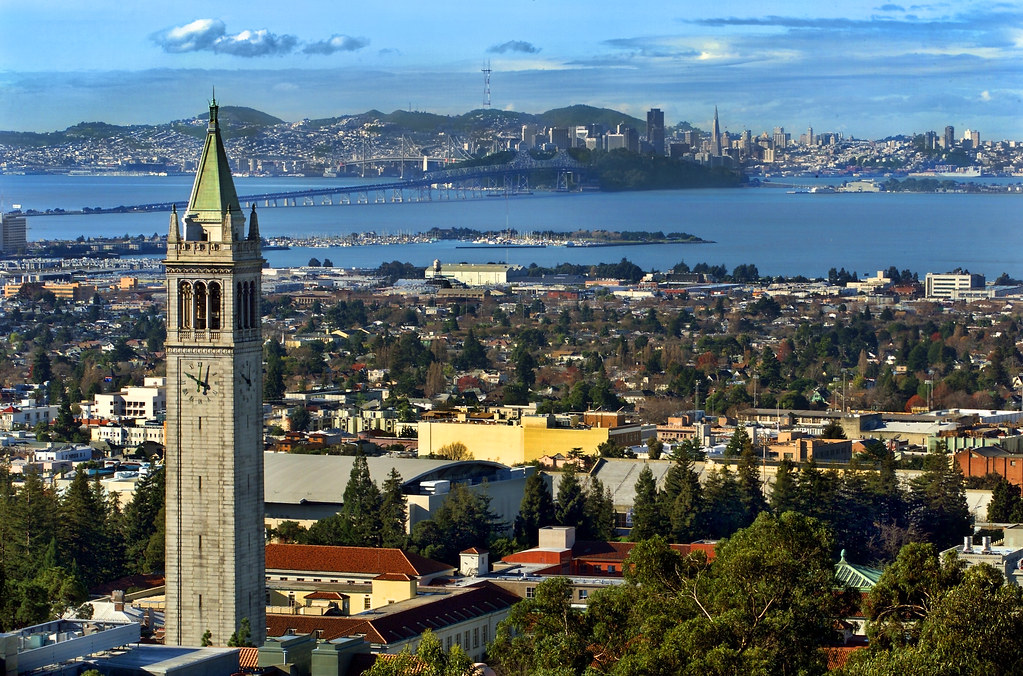At Dougherty Valley High School, every fall is the same. Seniors spend countless hours stressing over college applications, fretting on what majors will provide them with the highest incomes and what colleges will bring them the most success. As they decide where to apply, names of the UC’s and Ivy Leagues float through the hallways while seniors discuss which STEM programs are the most prestigious.
Throughout their high school career, the majority of students have their minds set on the top public and private universities without sometimes considering the possibility of attending smaller, less “prestigious” schools across the US. In fact, the number of applications to schools like UCLA and UC Berkeley have risen for fall 2023 admission nationwide, with over 169,800 and 125,800 applicants, respectively. That being said, it’s probably not a coincidence that both of those schools are currently tied for the No. 1 ranking in public universities across the nation by US News.
When applying to colleges, students often turn to ranking websites, specifically US News, to determine which colleges are most suitable for them. Although they can be useful to an extent, putting less emphasis on educational quality and utilizing biased data regarding costs and career opportunities has deemed US News rankings as misleading. Because of this, many college administrators advise students to take the rankings with a grain of salt.
So how does the US News ranking system work? First, they divide the colleges into four categories: National Universities, National Liberal Arts Colleges, Regional Universities and Regional Colleges. Within each of the categories, various factors are considered and weighed. Graduation and retention rates are given the most weight of 22%, focusing on the average six-year graduation rate. 20% of the weighting is to undergraduate academic reputation and to faculty resources.
However, continuous criticism from institutions and universities regarding the methodology behind the US News’ ranking system forced the organization to make changes to its process. One major criticism they received is the lack of colleges listed that provide support for marginalized students. In order to address the backlash, US News emphasized social mobility for the 2023-24 rankings. In terms of college rankings, social mobility is how much colleges prioritize the education of low income students while providing them with lower tuition costs.
Even with this significant change, prestigious colleges such as Princeton and Massachusetts Institute of Technology are still ranked No. 1 and No. 2 on the top national universities list, respectively, while lesser known universities stay at the bottom.
Too preoccupied with the “elite” schools listed at the top of the list, students constantly overlook uniquely focused programs offered by lesser known universities that provide similar levels of quality education and present exclusive career opportunities for after college, not to mention the added benefits that come with being a relatively smaller college.
As we get closer and closer to our application deadlines, here are a few underrated programs to consider.
Cal Poly San Luis Obispo
Taking a look at the US News college ranking list, Cal Poly SLO (San Luis Obispo) currently sits at the No. 1 spot for top public schools in the regional west. The school has numerous underrated STEM programs, especially for computer and data science. Rather than emphasizing a heavy focus on research and prioritizing graduate and PhD students like other universities, Cal Poly places more importance on providing a quality undergraduate education.
Although not a research university, SLO still offers resources for research opportunities, along with providing courses that are relevant to the modern-day tech workforce. Cal Poly also closely follows the motto “Learn by doing” with numerous interactive, hands-on courses for most of the STEM majors. By enforcing this idea, the school has earned a secure reputation among the tech industry. Top companies like Apple and Amazon actively conduct interviews with Cal Poly students for internship and job opportunities. If you are more interested in receiving a well paying tech job after graduation rather than a research PhD, Cal Poly might be a great fit for you.
Swarthmore College
On the opposite end of the spectrum (and the country), Swarthmore is a good choice for a private liberal arts college with an undergraduate and graduate research focus. Although ranked No. 4 on the National Liberal Arts Colleges list, Swarthmore isn’t as well known compared to other LAC colleges. In fact, the school only received a little over 14,200 applications, which is far less than other private prestigious schools. However, Swarthmore provides numerous programs for a variety of majors, ranging from STEM to social sciences to humanities. Unlike Cal Poly SLO, this private college heavily prepares students for graduate studies rather than centering their programs around getting jobs post-undergrad.
If you are looking to pursue a PhD and/or a graduate degree, Swarthmore’s Honor Program allows students to get a glimpse of the rigorous course load at graduate schools and prepares them to excel post undergraduate. This intensive but unique program hones in on facilitating collaboration between students and faculty members while also presenting exams given by outside experts. By offering students interactive, hands on learning opportunities, Swarthmore sets up their students for success.
At Dougherty, prestige has become the main determinant in deciding which colleges to apply to and attend. This sentiment, although acceptable to consider sparingly, should not outweigh factors such as educational quality and close connections that many unnoticed colleges provide.






